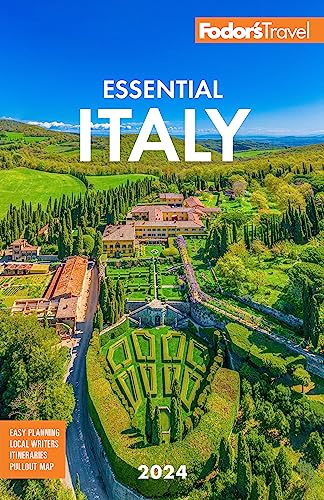Eating and Drinking Well in Sardinia
Wining and dining in Sardinia is not just a richly delicious experience, it’s also a way to have a close-up encounter with the history, geography, and cultural traditions of the island. Sardinian food has its own culinary identity, a complex and eclectic mix that makes for mouthwatering and often revelatory dishes.
Sardinia’s proximity to North Africa and its long Spanish occupation mean that elements of both cultures can be found in the island’s kitchens, including couscous and paella. There are also strong regional variations within Sardinia itself, as well as a traditional division between the land-based fare of the interior and the fresh seafood on the coasts. Wherever you go here, you’ll find a strong emphasis on seasonal ingredients and ancient cooking techniques.
Breads, Cheeses, and Sweet Specialties
Sardinia has a strong tradition of bread making, and is famous for crispy paper-thin pane carasau flatbread (carta di musica in Italian).
Ever wondered about all those sheep roaming the rugged slopes of the interior? They're there to produce the raw materials for Italy's original and best pecorino. It’s ubiquitous in Sardinia, and comes in various strengths and consistencies.
Sardinian desserts include sospiri (morsels of almond dough stuffed with citrus-infused almond paste), torrone di mandorle (almond nougat), or seadas (cheese-filled pastries topped with honey, also called sebadas). The candelaus, a fruit-and-almond dessert, and sweet ricotta-stuffed pardula cakes are popular in Cagliari. Unmissable is amaro di corbezzolo, a honey bouquet and taste. It's made by bees that suck nectar from a plant known as arbutus, the tree strawberry.
Meat
The most popular meat dishes are veal, roast agnello (lamb), and porcheddu (spit-roasted suckling pig). Cavallo, or carne equino (horse meat), is also commonly found on restaurant menus, particularly in Sassari, where it’s generally served in the form of a bistecca (thin steak). Donkey (asino) and wild boar (cinghiale) are other Sardinian specialties. Sometimes cinghiale is roasted on a spit or prepared using the ancient Sardinian technique of incarralzadu, for which it’s placed in a large hole lined with fragrant myrtle leaves. Another option is suppa quata, a hearty soup that's made from beef broth, bread, and aged pecorino cheese.
Seafood
Whole fish are best eaten roasted or grilled, though you may also find them sautéed in pasta or incorporated into copaxa de peix, a fish soup from Alghero. The most famous Alghero dish is lobster, known as langouste or aragosta. Lobster doesn't appear on restaurant menus in winter—fortunately, the very time when riccio di mare (sea urchin), another local specialty, is best enjoyed. Winter is also the best season for bottarga, the dried, cured roe of gray mullet or tuna.
Starters
Opt for antipasti di mare or di terra to kick off your meal. Traditional pastas include malloreddus (small shells), culurgiones (ravioli), and maccarones de busa (thick pasta twists). Homemade pastas might be topped with a wild-boar sauce; fregola, a semolina pasta, is often served with arselle (clams).
Wine
Among the whites, the dry torbato of the Alghero Coast and the slightly sparkling vermentino from Gallura are standouts. The Oristano region produces the dry, sherrylike vernaccia (unrelated to the Tuscan variety), Bosa produces amber-tone malvasia, and Barbagia is one of the best sources of cannonau, a red wine with an ancient pedigree. The traditional liqueur mirto, which makes a fine after-dinner drink, is made from native wild myrtle berries.




